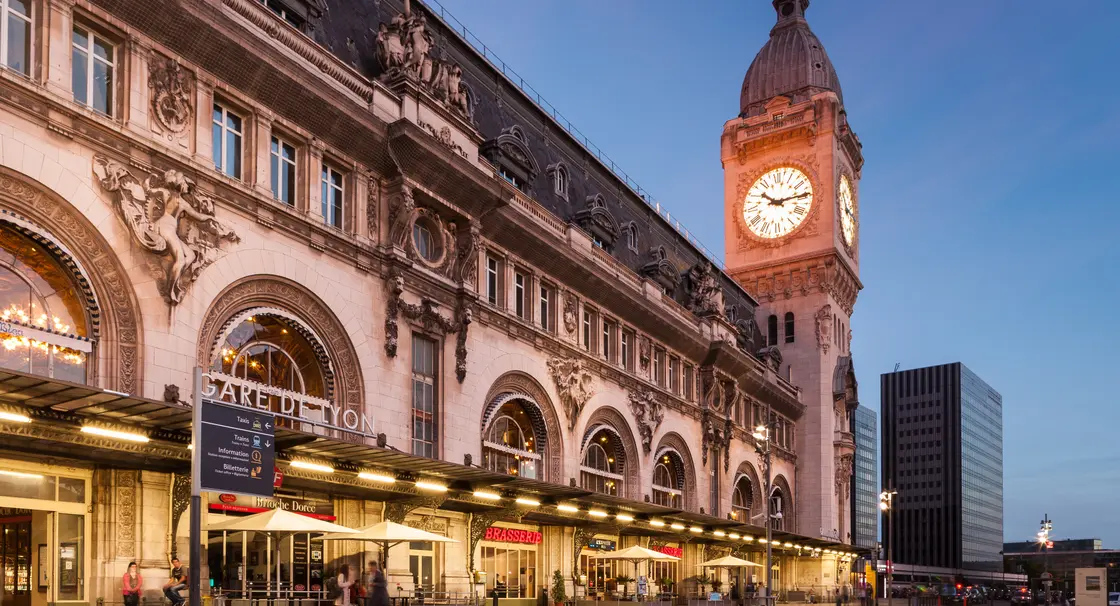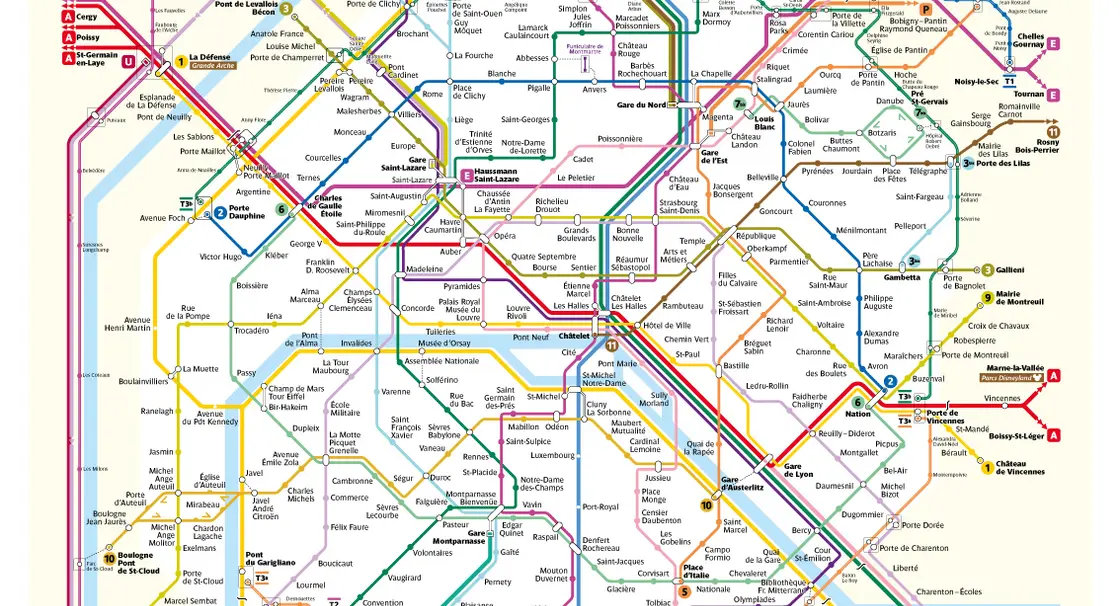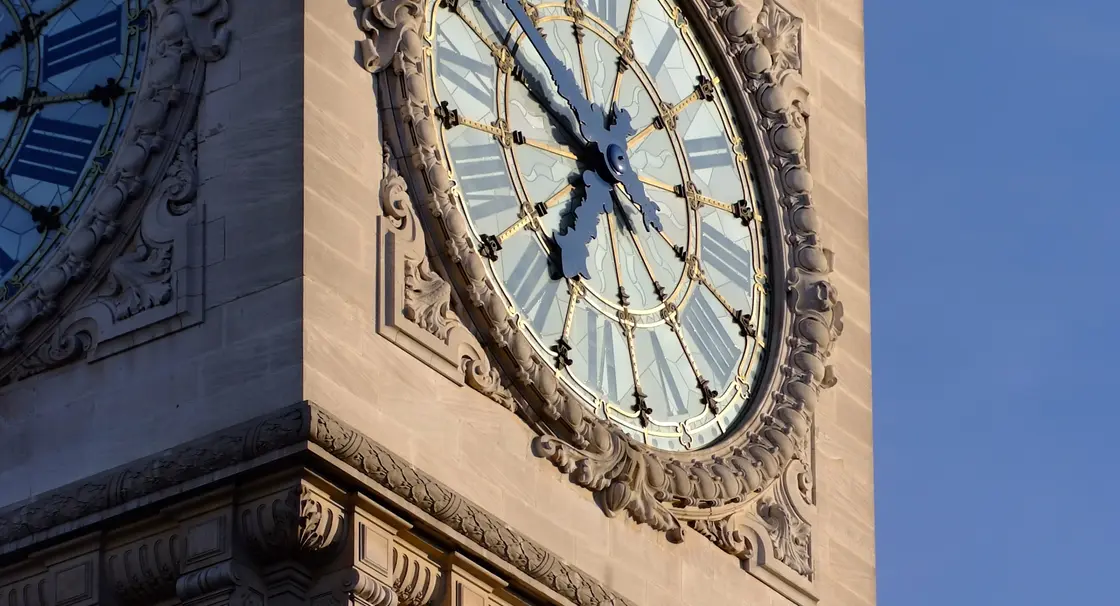If the train’s about to leave...
You have just enough time to take on board five anecdotes about Gare de Lyon:
Are you sitting comfortably? Then let’s begin...
- It is the second-busiest train station in France.
- The current Gare de Lyon was built in 1899 for a World’s Fair.
- ‘La Gare de Lyon’ is the name of a 1964 song by Barbara.
- Gare de Lyon is often referred to as a ‘cathedral’ station.
- Hidden in the station is a room full of frescoes and an iconic restaurant.
Curious to know more? Set off on a journey through the history of this iconic station, which has more than a few secrets to reveal.
If the train has already left but you’d like to know more...
Why is a station in Paris called Gare de Lyon?
You may not have wondered about this before, but you’re probably curious now. No, Gare de Lyon is not called Gare de Lyon because the majority of the trains that depart from there go to Lyon. The story behind the name is a bit more complex than that.
The short answer is that it got its name from the Compagnie des chemins de fer de Paris à Lyon et à la Méditerranée (the former Paris-Lyon-Mediterranean Rail Company). The first Paris-Lyon line was inaugurated in 1854 and the terminus was named Gare de Lyon, in honour of the company, but if you were paying attention earlier, you’ll remember that the Gare de Lyon we know today wasn’t built until 1899.
This very first station and terminus was destroyed by fire in 1871. It was rebuilt for the World’s Fair in 1900 and kept the name Gare de Lyon. At that time, in Lyon, the main train station was Gare Perrache – Gare de Lyon Part-Dieu would not arrive until many years later, so there’s no room for confusion!
Gare de Lyon: history and architecture
Under the guidance of master architect Marius Toudoire, Gare de Lyon was reimagined for the 1900 World’s Fair. Incidentally, Saint-Jean station in Bordeaux and Matabiau station in Toulouse were also designed by Marius Toudoire, and all of them have features in common, such as great clocks, statues, reliefs, ornate patterns, grand entrances and huge, light-filled windows.
Toudoire’s architectural triumph was creating a station that blends seamlessly into the Parisian landscape, features outstanding cultural elements and, above all, is highly functional. In fact, the station was so easy to navigate that its layout remained unchanged until 1960!
As for the interior, the aim was to create an exceptional and vibrant transit space. Hence why you’ll find, inside the station, ‘Le Train Bleu’ – a legendary restaurant high above the main concourse. This fine-dining establishment has retained the essence of Toudoire’s architecture, with its interior mouldings and frescoed walls. Even the seats looks like they come from period trains. Of course, the menu has evolved in the meantime, but you can still enjoy exquisite French specialities created by Michel Rostang.
Another hidden gem in the heart of Gare de Lyon is the frescoes room. In this dedicated gallery, you’ll find a 100-metre-long artwork depicting the cities served by trains from Gare de Lyon at the time of the World’s Fair: Marseille, Fontainebleau, Dijon, Lyon… These frescoes, which were restored three years ago, are a must-see for anyone taking the train from Gare de Lyon.
The Clock Tower
Also known as the belfry, this is like France’s own Big Ben! In fact, it’s the second-tallest clock tower, after its English counterpart. Standing 67 metres tall, with 400 steps, it’s a climb that will leave you out of breath. Access is limited, but if you’re keen to give it a go, visit Paris during the Heritage Days, in September, when the tower is open to the public.
As your train stops at Gare de Lyon anyway, why not make the most of it instead of just passing through?



